Being tall, and thus being accustomed to always getting every piece of clothing in the longest length available, when I built up my first racing bike from scratch in the 1970s, I got the longest bike crank arm length available, which was 180mm. I was successful on that bike and could climb with almost anybody, despite being so big. When I got my first Italian bike, that beautiful Masi had 177.5mm Campagnolo cranks, and I went to considerable additional expense to replace them with 180mm ones. The day after making that little 2.5mm increase in bicycle crank length, I dropped all of my riding buddies on a big climb west of Colorado Springs—guys whom I normally did not drop.
I climbed well on that bike and set the course record on it while winning the 1980 Durango-to-Silverton Iron Horse Classic road race, which includes two 11,000-foot passes. Later that year, during a bike-fitting session when I was a member of the US Olympic Development Team in the resident-training program at the Olympic Training Center in Colorado Springs, Edward Borysewicz (“Eddie B.”), the US National Cycling Team head coach at the time, told me I needed a longer bicycle crank length. I protested that nobody made longer cranks than my 180s, and he replied, “Oh sure—they make; they make!” However, at the time, “they” didn’t.
Borysewicz had done his dissertation for his advanced degree at a sports coaching university in Poland on the effect of bike crank arm length on cycling performance and was insistent that I should get longer cranks than 180mm. My interest was piqued, even though it would be 15 years before I actually did turn up any cranks longer than 180mm, and that was by having seven lengths between 100mm and 220mm made by machinist Jeff Boone for a bicycle crank length test I was doing for VeloNews (I have been writing for the magazine since 1989).
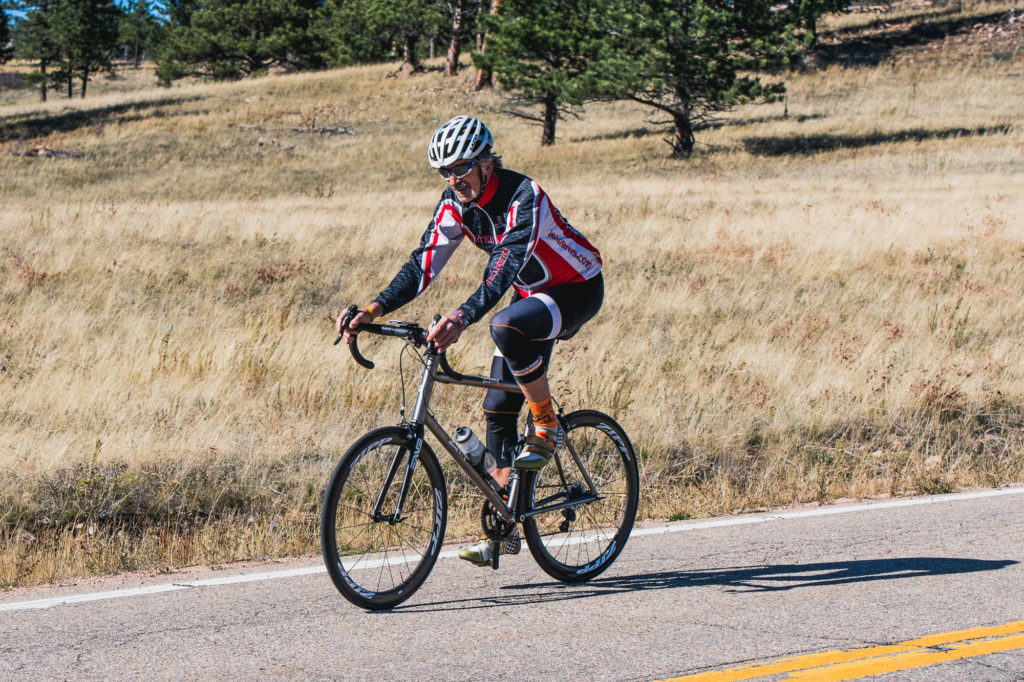
That 1996 crank test, performed on an ergometer that I custom-built to allow the range of saddle and handlebar positions necessary to position riders from 4’11” to 6’7” on all of these crank lengths, showed the benefit of longer cranks in producing more power for tall riders. Nonetheless, until I returned from living for a year in Italy in 2000-2001, I still did not embark on getting any more super-long or super-short bicycle crank lengths made.
The night before our flight to Europe, when packing our bikes, a car-top bike rack, all of our clothing, books, etc. for me and my wife and daughters for a full year abroad into suitcases and bike boxes, I was running out of time and allowed weight capacity. I had recently put 203mm cranks left over from the above-mentioned test on my bike, and I ran out of time to switch them out for my old 180s. I was also up against the weight threshold, so I couldn’t toss extra cranks and a crank remover into the box, and even though 203mm sounded like a crazy long bicycle crank length to me at the time, I resigned myself to the fact that I would have to ride with that bike crank arm length for a year before I could change them out.
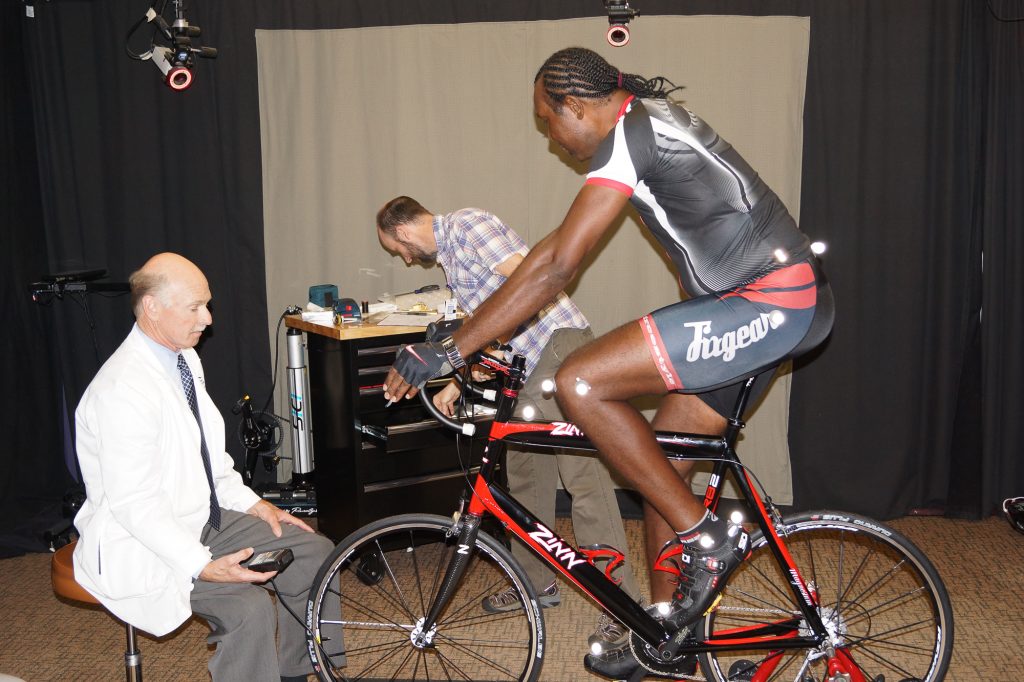
After a year of riding on those 203mm cranks, however, I never wanted to go back to 180mm (or shorter) cranks. That year, as a correspondent for VeloNews, I reported on all of the major European bike races and had absolutely loved those cranks for climbing the mountains of the Dolomites near our home of Asolo, as well as the big climbs of the Tour de France, Giro d’Italia, Vuelta a España, Tour de Suisse, and Giro di Lombardia during those events.
I started comparing the leg lengths of top pro riders with their bicycle crank lengths and came to realize that their cranks seemed to be clustered around 21% of their leg lengths, which, coincidentally, was exactly the ratio that those 203mm cranks comprised of my own 965mm inseam. It occurred to me that those 203mm cranks felt completely natural to me and allowed me to climb mountains faster because they were the same length relative to my legs as Lance Armstrong’s, Oscar Freire’s, Paolo Bettini’s, Roberto Heras’, Gilberto Simoni’s, and other superstars of the time’s cranks were relative to theirs. My knee and hip joints were moving through the same angular range as theirs were, and my leg muscles were extending and contracting the same percentage as theirs were. Eureka!
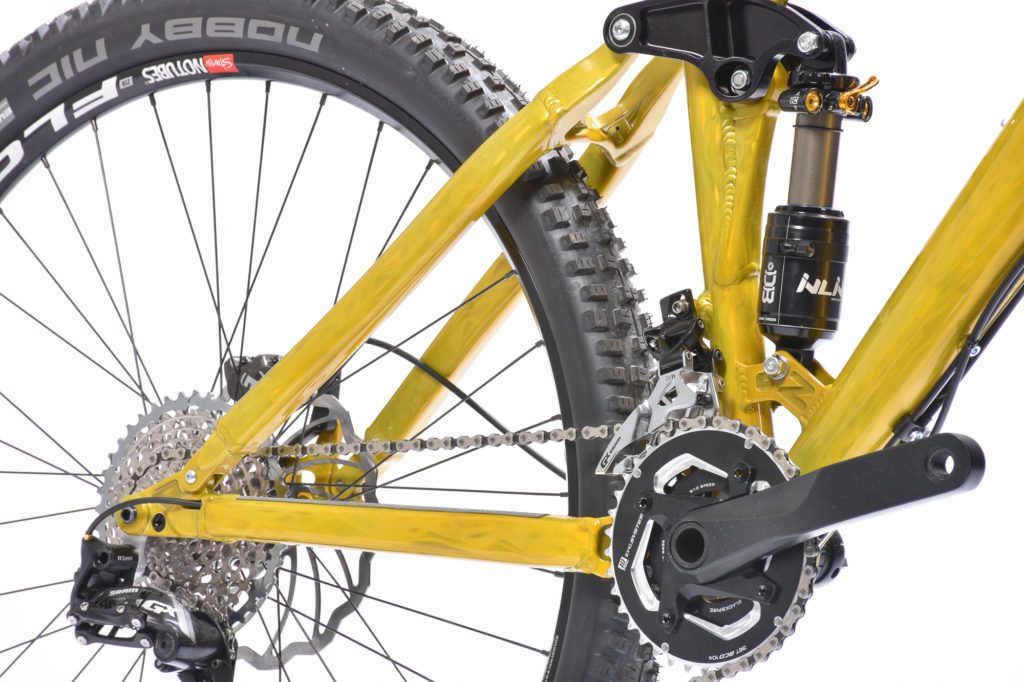
Since then, we have done lots more bicycle crank length testing. The tests have consistently shown that a rider shaves two minutes off of a 30-minute climb by going from a bike crank arm length that is 18.5% of their inner leg length to one that is 21% of that length. Furthermore, our customers universally report that the cranks not only give them more power, but also feel more natural to pedal.
To some of you, it may not come as a surprise for a tall person to discover he had been pedaling ineffectively, working like a sewing machine all of these years by using a bicycle crank length that is too short. However, for someone as indoctrinated into the standard offerings of the bike industry as I was, it came as a shock to discover that the crank lengths available constituted a ridiculously small range relative to the range of human leg lengths in the world. The whole bike industry would have to change! Turns out, that’s easier said than done, and while I have done my part to nudge it to accept bigger tires and lower air pressures and a few other things over the years, primarily by virtue of my technical articles in VeloNews, it has changed little regarding bicycle crank lengths over the last 20 years.
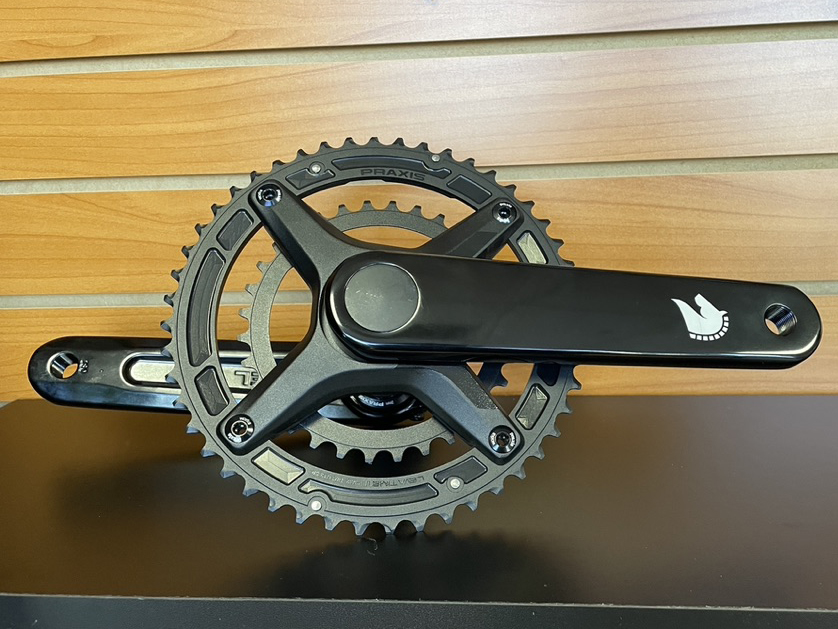
It’s funny, because if you look at it from the perspective of someone not used to the way bikes are generally equipped, it makes perfect sense that all cyclists would ride a bike crank arm length that was about the same percentage of their leg length. It makes sense to parents who know nothing about bikes that, when buying bikes for their small children, their kids would have much shorter cranks than adults. The bike they buy for their 5-year-old will have everything in proportion—little 12” wheels, tiny frame, tiny saddle, narrow handlebars, and a 100mm bicycle crank length. For their 7- or 8-year-old, it makes sense that the bike they would buy now has 16” wheels and 130mm cranks, and its frame, saddle and handlebar are all a bit bigger than on the 12”-wheel bike. Same goes for the child’s next bikes, with 20” and then 24” wheels. When the child becomes fully grown, those crank and wheel choices go away, and almost nobody questions why, even though frame size is matched to the rider, everybody gets the same wheel size on road bikes (mountain bikes do offer wheel size choices) and essentially the same bicycle crank length. Most cranks only come in 170mm-175mm lengths, which is hardly a range, when adult inseam lengths vary from 65cm to 105cm (26” to 41”) and more.
Well, we at Zinn Cycles have done the math, conducted the tests, and ridden the miles, which is why we have gone to considerable lengths (pun intended) to offer cranks in a very wide bike crank arm length range. Almost anybody can get cranks from us, at a variety of price points, that are 21% of their leg length, measured in bare feet up from the floor to the top of a level pulled up against the pubic bone.
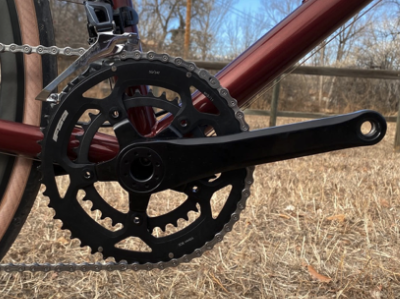
Our bicycle crank lengths range from 130mm to 220mm in 5mm increments in road and mountain configurations. We also offer e-bike cranks in a wide range of lengths. Our longer cranks for road and gravel bikes are available in several different models and price ranges. We offer a variety of longer cranks for mountain bikes too. If you have shorter legs or prefer a shorter crank, check out our selection of short road bike cranks.
We generally recommend that the crank on your mountain bike should be a bit shorter than on your road bike for improved range of motion in the dynamic riding positions as well as quicker changing of pedaling speeds, which is more common on a mountain bike. If you are tall, you will still want to ride a crank that is longer than your average rider, but about 5-10mm shorter than you would have on your road bike. We have a selection of long mountain bike cranks that work great for tall riders or those with longer legs. For shorter riders or those wanting to go with a crank shorter than average, we offer a selection of shorter mountain bike cranks from 130mm to 165mm.
I have been building custom bikes since 1981, founding this company in 1982, and since 2001, we have been offering our bikes with proportional bicycle crank lengths. We have found that our customers universally appreciate the extra performance advantage and pedaling comfort that custom-fitting the cranks to them, as well as the frame dimensions, provides them with. Carrying this extra-long bike crank arm length concept further, we also offer extra-wide handlebars, since most of our customers are extra tall, and many have extra-wide shoulders as well.


